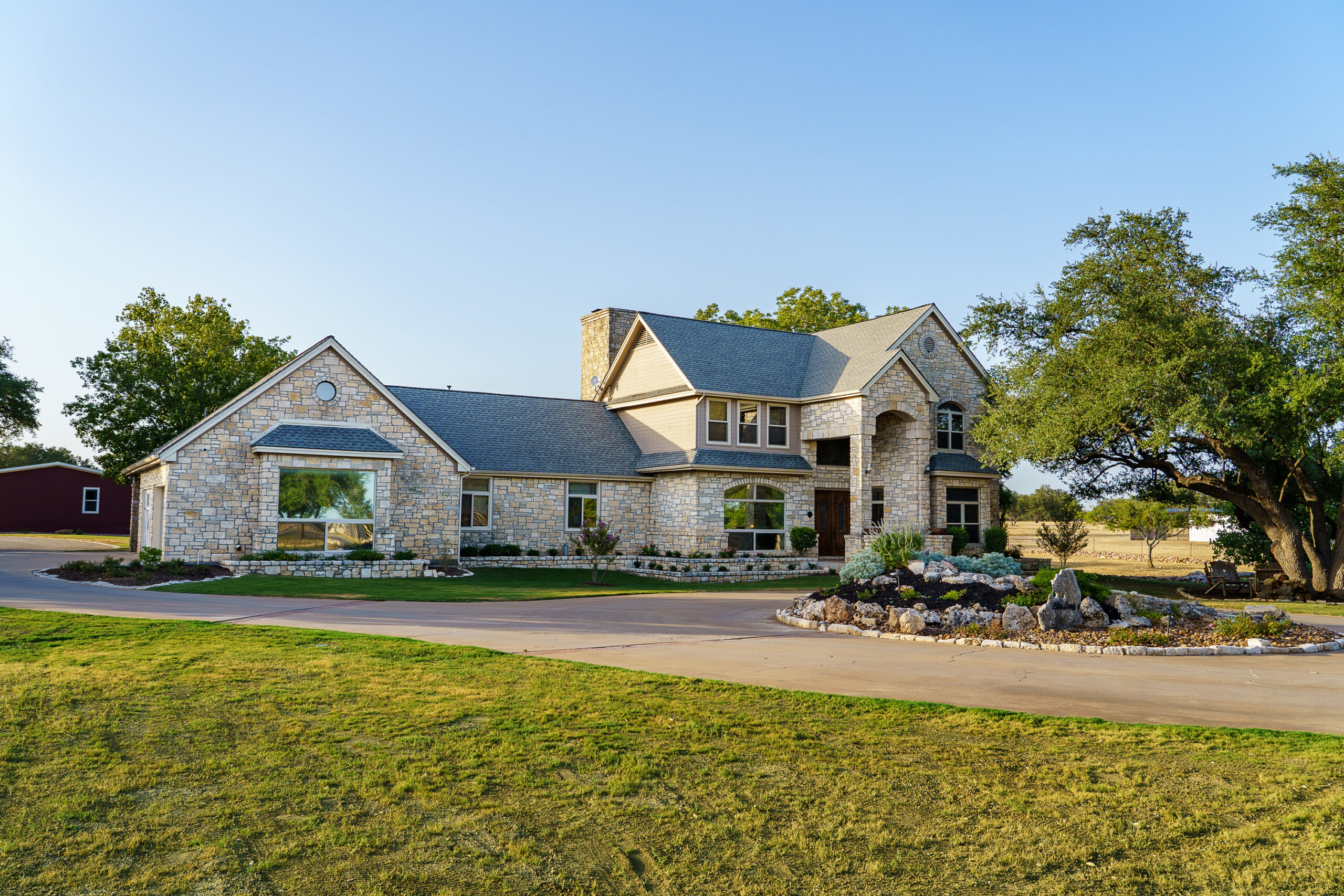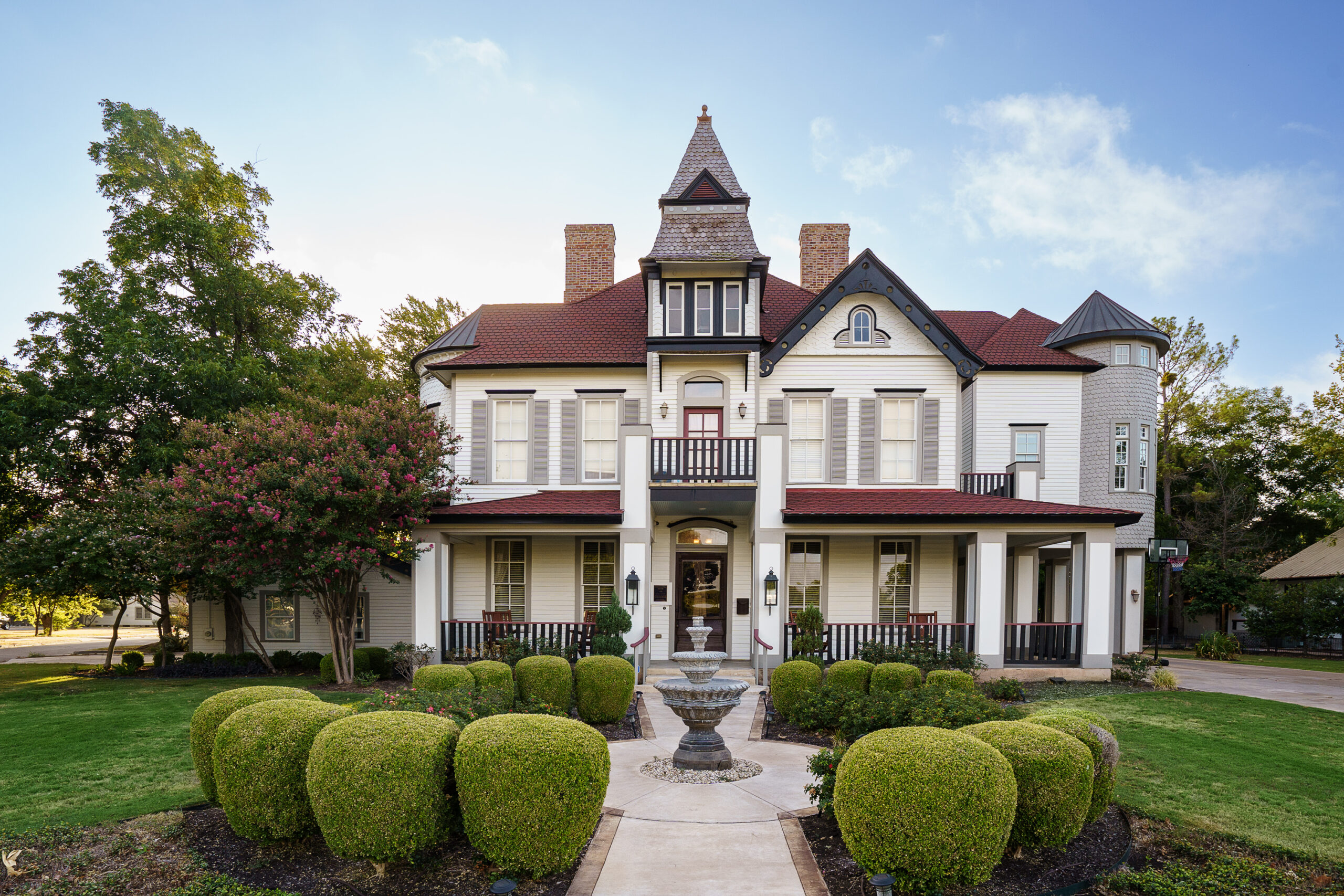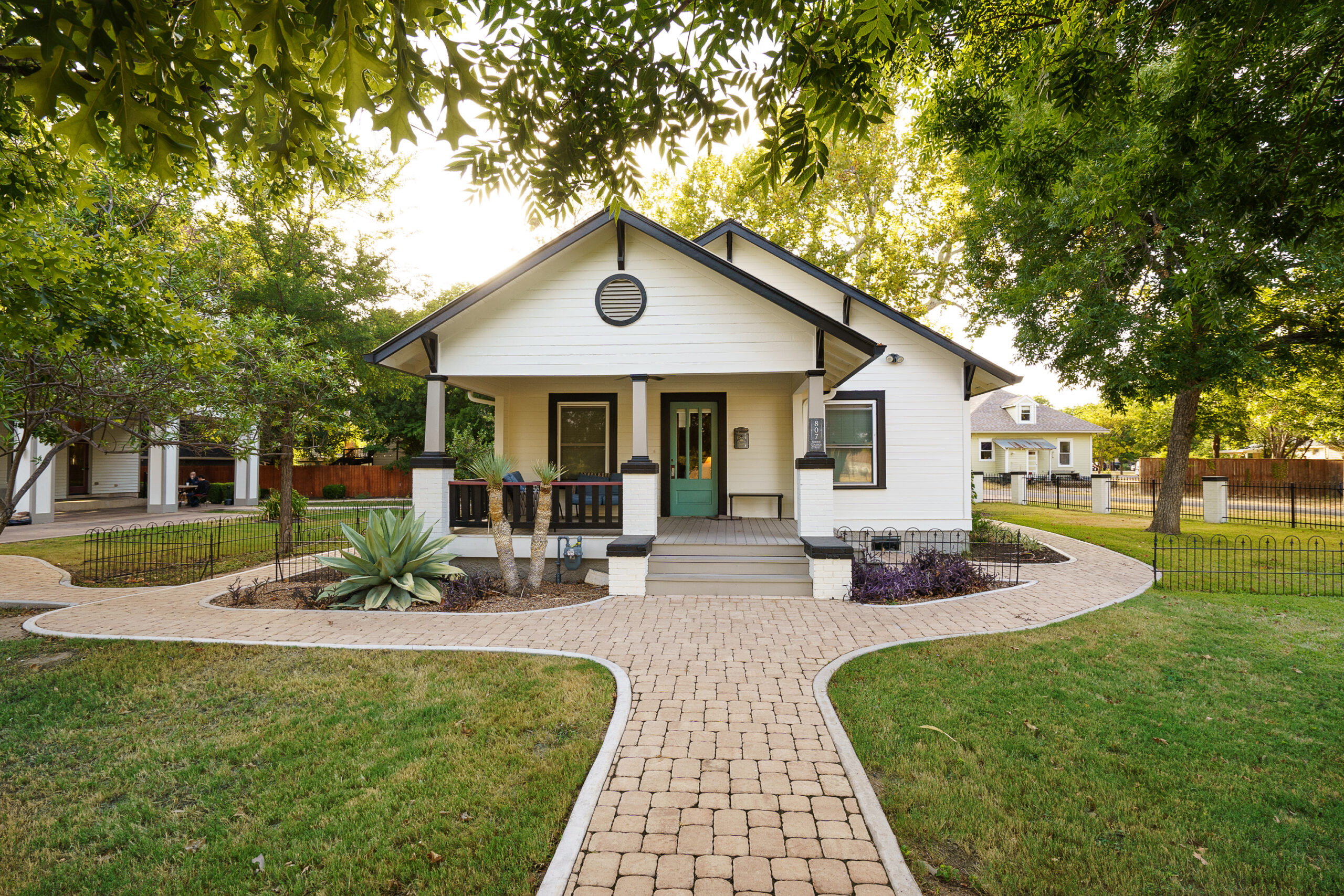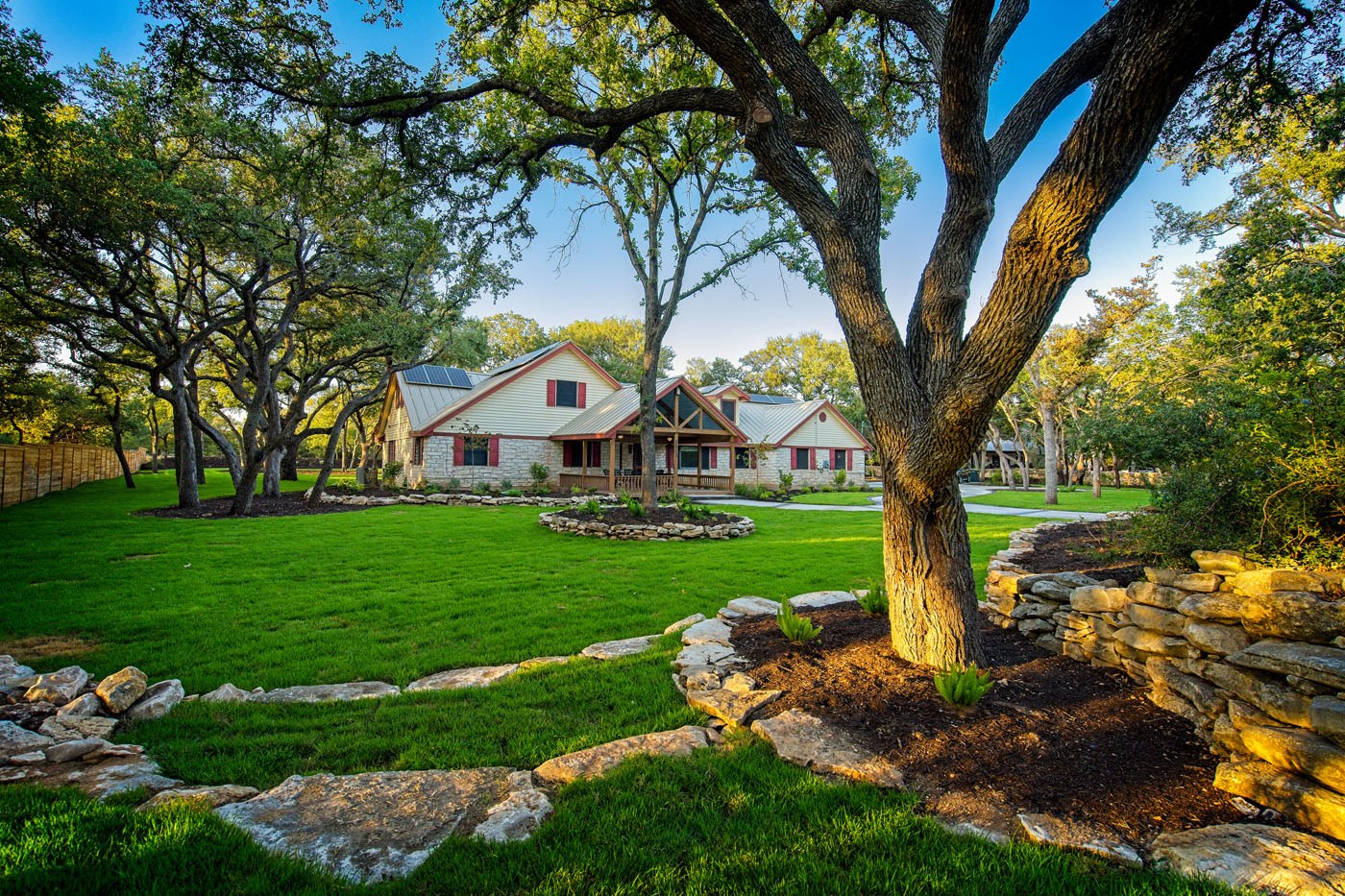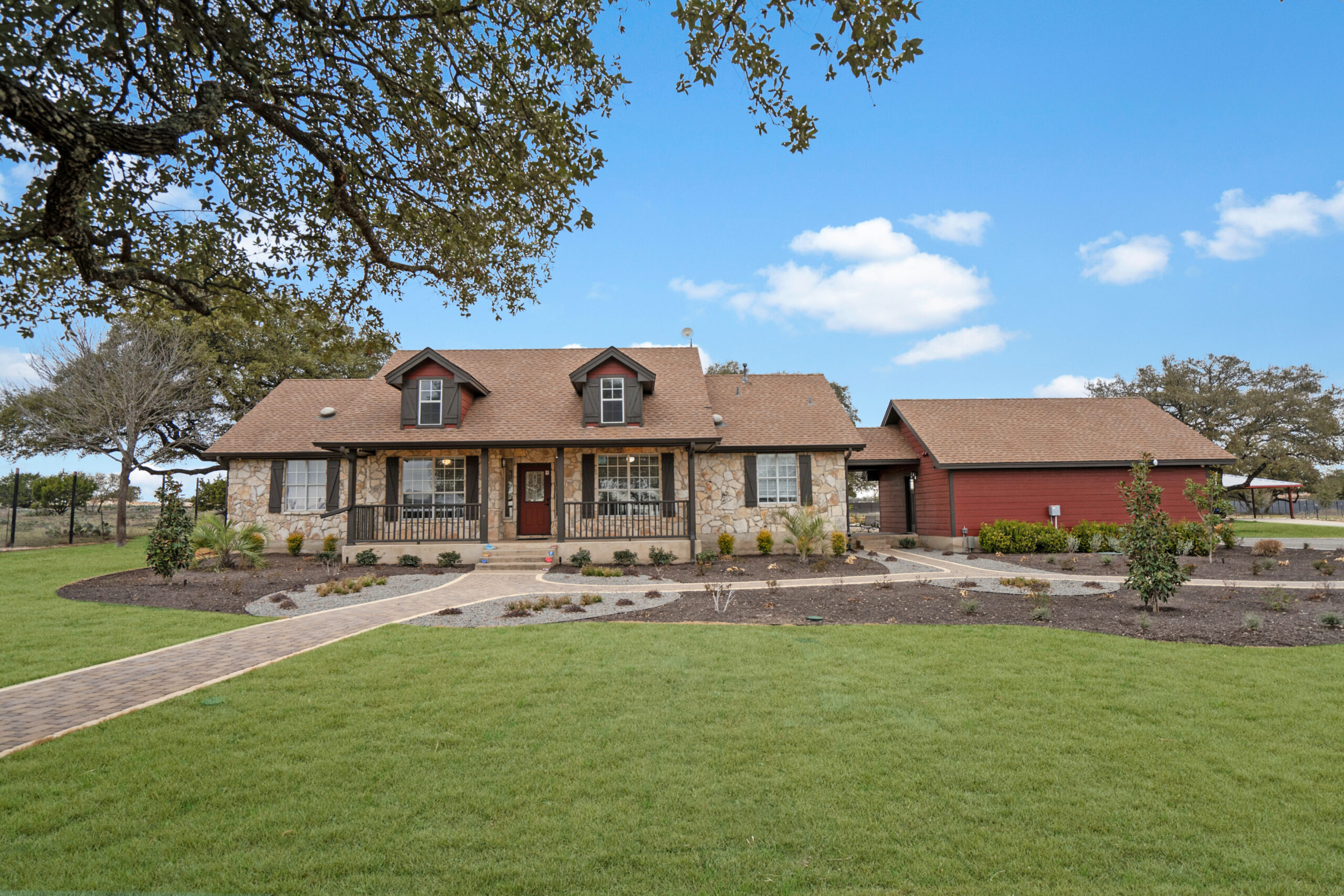Borderline personality disorder is when you experience ongoing shifts in mood and behavior, whereas bipolar disorder is when a person’s mood fluctuates. These two mental disorders can change a person’s moods and energy levels, as well as influence their behaviors. Additionally, it says something about how they handle emotions. However, there are differences in the two disorders, regarding their symptoms, causes, and treatment.
Symptom Differences
The symptoms of bipolar disorder and borderline personality disorder are similar in that they both experience impulsive behaviors, intense mood shifts, mood swings, and suicidal thoughts. The difference, though, is that bipolar disorder deals with random mood swings of mania and depression. Border personality disorder mood fluctuations are normally triggered by something specific. Other symptoms borderline personality disorder has that bipolar does not include efforts to avoid abandonment, intense and fluctuating relationships, unstable self-image, destructive behavior, constant sadness, and periods of dissociation.
Cause Differences
Bipolar disorder is normally genetic, where most people tend to have a family history of it. With borderline personality disorder, however, it was said in a 2017 study that people have a 35%-65% greater chance of developing it. While both disorders cause an abnormally shaped hippocampus, which is responsible for self-control and behavior regulation, people with borderline personality disorder have smaller amygdalas (responsible for controlling negative emotions) and prefrontal cortexes (connected to a person’s impulsivity). While people with bipolar disorder normally have the condition because of genetics, trauma can be a key role for those with borderline personality disorder like abuse, abandonment, and struggles in childhood.
Treatment Differences
Both disorders involve psychotherapy and medication, but it varies with each person. Bipolar disorder is best treated with a combination of different therapies like family-focused therapy or cognitive behavioral therapy (CBT). It also involves a certain medication like lithium or valproic acid to prevent manic episodes. While borderline personality disorder can also be treated with CBT, dialectical behavioral therapy (DBT) is commonly used to treat the condition. It is about teaching someone coping mechanisms for managing emotions, tolerating distress, and improving relationships. Unlike bipolar disorder, there are no medications that are specifically for people with borderline personality disorder. So, the main difference between these disorders is that bipolar disorder is characterized by episodic moments of manic, whereas borderline personality disorder is constant emotional instability. What both of these disorders have in common is that they require attention and treatment to ensure you live a happy life with people around you.
Borderline personality disorder and bipolar disorder are not easy to manage alone. Left untreated, they can fracture relationships and cause your moods to spiral out of control. Both mental health disorders need to be treated as seriously as possible. We can help to show you the way. At Alta Loma’s transformative treatment center, we can connect you with highly trained mental health specialists who can cater to your needs. Located in Georgetown, Texas, our treatment facilities are capable of treating both borderline personality disorder and bipolar disorder to the best of our abilities. We can provide you residency up to 24 months, individualized therapy, therapeutic recreational activities, medication management, and more. We understand your symptoms and struggles, but it is crucial that you take the first step and reach out for help. Please give us a call today at (866) 457-3843 to learn more about the programs we offer and how they can help.
